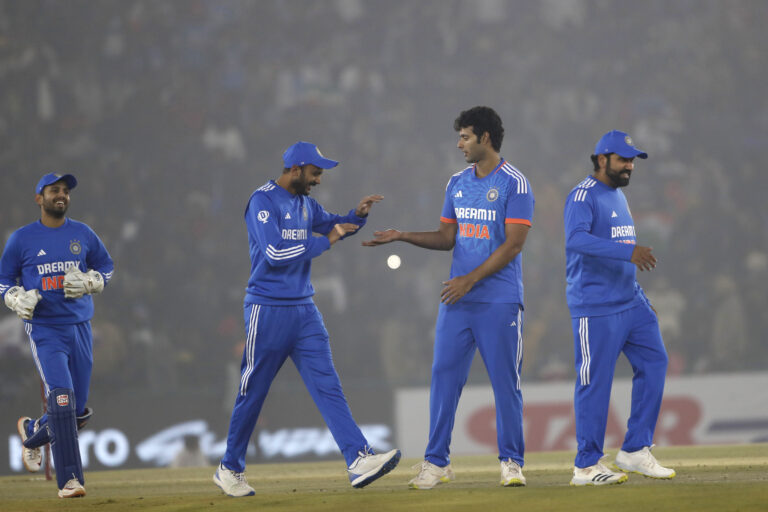The Role of Cricket in Building Character: 99exch, Reddy Anna Book, Allpanel
99exch, Reddy Anna Book, All Panel.com, Allpanel: Cricket has a rich and storied history that dates back centuries, making it one of the oldest sports in the world. Its roots can be traced back to rural England in the 16th century, where it was played by shepherds using rudimentary equipment. Over time, it evolved into a formalized game with rules and regulations, eventually becoming a popular pastime enjoyed by people of all social classes.
As British colonialism expanded across the globe, cricket followed in its wake, becoming a unifying force among diverse cultures and nations. It played a significant role in fostering camaraderie and understanding among different communities, transcending barriers of language and nationality. Today, cricket stands as a testament to the enduring legacy of history and tradition, embodying a spirit of sportsmanship and fair play that continues to captivate audiences worldwide.
The Values Instilled Through Cricket
Cricket, as a sport, has long been revered for the values it instills in individuals who partake in it. The game teaches players the importance of discipline, patience, and perseverance. Through the ups and downs of a match, cricketers learn to handle pressure with grace and maintain their focus even in the face of adversity. These qualities not only shape them as athletes but also as individuals who can tackle challenges with resilience in all aspects of life.
Furthermore, cricket cultivates a sense of sportsmanship among its players. Respect for opponents, officials, and the rules of the game is paramount in cricket. Whether celebrating a victory or accepting defeat, players are taught to do so with dignity and sportsmanlike conduct. This aspect of cricket not only fosters a positive environment on the field but also promotes mutual respect and camaraderie, both on and off the pitch.
The Importance of Teamwork in Cricket
Teamwork in cricket is an essential component that contributes significantly to a team’s success. Each player’s role is crucial in achieving the common goal of winning matches and tournaments. The coordination among team members on the field is paramount in executing strategies effectively, whether in batting, bowling, or fielding.
In cricket, players rely on each other’s strengths to cover their weaknesses, forming a cohesive unit that operates cohesively under pressure. The field placement, bowling changes, and batting partnerships all require seamless collaboration to outsmart the opponents. It is this collective effort and unity in purpose that elevate a cricket team from being merely a group of individuals to a formidable force on the field.






